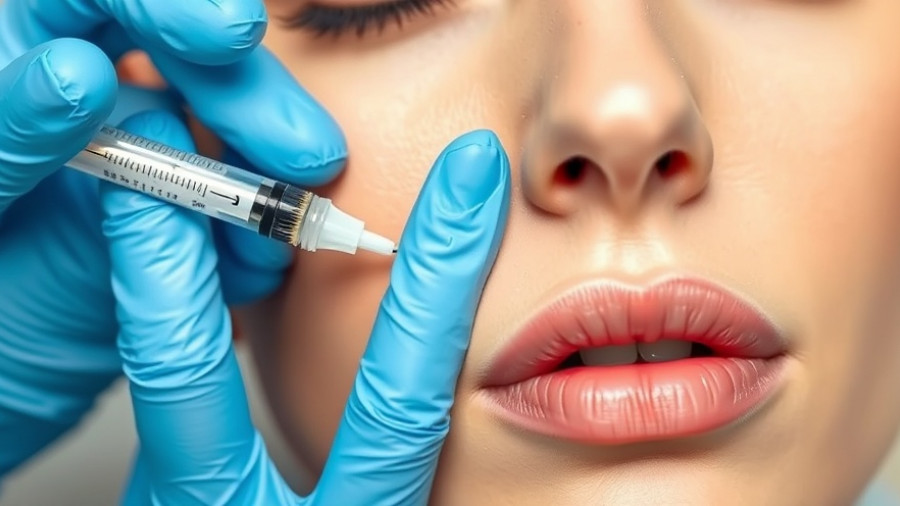
Understanding Crow’s Feet: More Than Just Aging
Crow’s feet are a common concern for many women, particularly those in the Tampa Bay Area seeking to maintain their youthful appearance. Forming at the outer corners of the eyes, these wrinkles emerge as a natural sign of aging, largely caused by years of facial expressions and the delicate skin surrounding our eyes. But why do they develop so early?
The skin around the eyes is significantly thinner compared to other parts of the face—up to 40% less. This frailty means it’s more susceptible to the environmental and lifestyle factors that contribute to aging. Collagen and elastin, two proteins vital for skin elasticity and firmness, start to deplete with age. In your mid-twenties, you might notice faint lines appearing when you smile or squint. These are dynamic crow’s feet, which become static as the skin loses its ability to bounce back, leading to deeper wrinkles.
Factors That Accelerate the Appearance of Crow's Feet
While aging is inevitable, lifestyle choices can drastically influence the severity of crow’s feet. Consider these factors:
- Sun Exposure: A significant culprit in premature aging, UV rays damage collagen and elastin. It's crucial to limit direct sun exposure and wear sunglasses and sunscreen as protective measures.
- Smoking: Tobacco smoke contains harmful chemicals that accelerate skin aging and exacerbate wrinkle formation.
- Hydration and Nutrition: Dehydration and poor nutrition can impede the skin’s health, making it more susceptible to wrinkles. Incorporating hydrating foods and staying well-hydrated are essential steps.
Preventing Crow's Feet: Practical Tips
Although crow’s feet can’t be entirely avoided, there are effective measures to help reduce their visibility:
- Limit Sun Exposure: Protect your skin by avoiding prolonged sun exposure, especially during peak hours.
- Moisturize: Regularly applying a high-quality moisturizer can help maintain your skin's elasticity and hydration levels.
- Healthy Diet: Incorporating foods rich in antioxidants, vitamins, and minerals can enhance your skin's resilience.
- Consider Professional Treatments: Treatments like Botox, fillers, and chemical peels can offer solutions to refresh the skin around your eyes. Consulting a qualified dermatologist will give you personalized advice based on your skin type.
Exploring Treatment Options
If you’re already experiencing crow’s feet and want to address them, there are several treatment options available. Here’s a quick overview of some popular solutions:
- Botox: A widely used treatment that helps relax the muscles around the eyes, minimizing the appearance of dynamic crow’s feet.
- Dermal Fillers: These add volume and hydrate the skin, temporarily smoothing out the wrinkles.
- Chemical Peels: Aimed at removing dead skin and encouraging new skin growth, peels can reveal a fresher, younger appearance.
- Laser Treatments: These help by resurfacing the skin and stimulating collagen production, addressing both dynamic and static crow’s feet.
Wrap Up: Taking Preventative Steps
Understanding crow’s feet and recognizing your role in their development can empower you to make informed health choices. Whether reducing sun exposure, quitting smoking, or exploring professional treatments, taking action can help maintain your skin’s youthful glow. Remember to consult with a local dermatologist to get personalized advice tailored to your lifestyle and skin type.
Your skin deserves the best care, so don’t hesitate to explore the various options available to keep those crow’s feet at bay.
 Add Row
Add Row  Add
Add 




Write A Comment